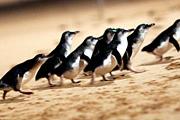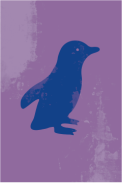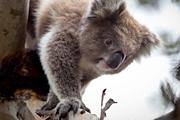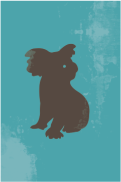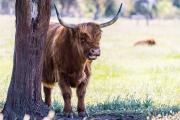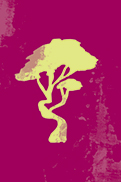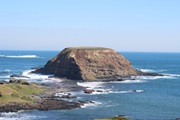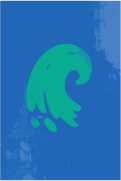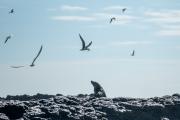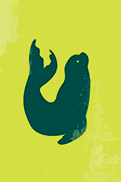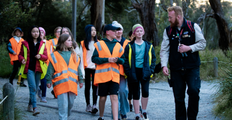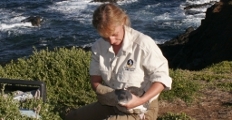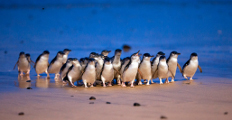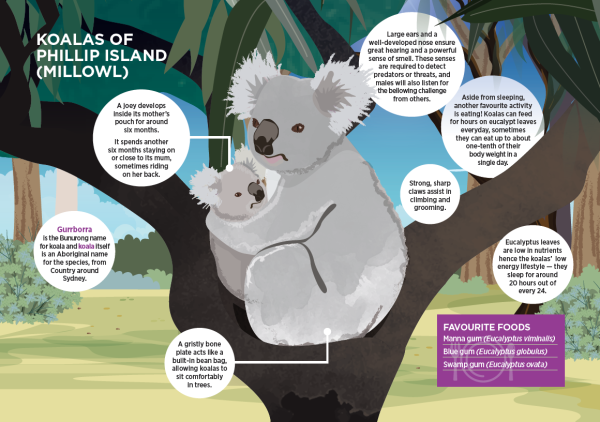All about Phillip Island’s koalas
Koalas are recognised around the world as an Australian icon. Although they’re super cute and cuddly looking, there’s much more to these fascinating animals than just their looks.
Koalas are marsupials, which are mammals that give birth to very undeveloped babies who then complete development in a pouch. Their natural habitat is the mainland of eastern Australia, but today they can also be found on several different islands like Phillip Island and French Island where they were brought across to protect them from hunting in the 1800s.
The Koala Conservation Reserve (KCR)
On Phillip Island, koalas are restricted to the existing mature vegetation – an area of about six hectares called the Koala Conservation Reserve. The KCR was opened in 1992 to provide a protected population of koalas for visitors to experience, and to aid the conservation and research of the koala population on Phillip Island.
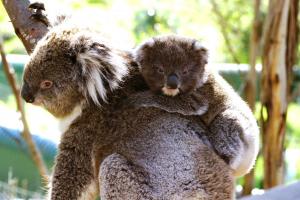
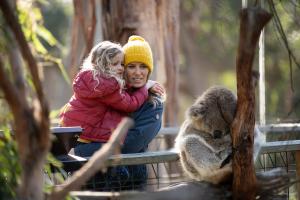
The money raised through tourism to the koala reserve goes towards helping protect a variety of flora and fauna, including koalas, through environmental management, education, ongoing operations and research.
Koala’s favourite activities: Sleeping, eating and sleeping
Due to their low-energy diet, koalas sleep for about 20 hours a day! But aside from snoozing the day away, one of their favourite activities is eating. Their main food is eucalypt leaves, and on Phillip Island, they usually prefer eating coastal manna gum, swamp gum and blue gum Eucalyptus. However, they sometimes also eat buds, fruit and even bark.
The 500-1000 grams of leaves koalas eat each day provides them with as much energy as one bowl of breakfast cereal does for us! That’s why koalas have developed a low-energy lifestyle to compensate for their diet.
A koala's digestive system is also geared to get the most energy possible out of the eucalyptus leaves. They have an organ called a ‘caecum’ which contains millions of bacteria to help break down the fibre into substances that are easier to absorb.
Are koalas endangered?
Koalas as a species aren’t endangered, but they are listed as vulnerable across large parts of their range, mostly in QLD and NSW. The greatest threat to koalas is habitat loss. This has resulted mostly from bushfires and land clearing for timber, housing and roads.
Deforestation is disrupting koalas in their natural habitat, but there are ways that you can help. Recycling paper and cardboard and buying recycled paper products like printer paper, toilet paper, paper towels and greeting cards, reduces the amount of trees being cut down to make these products. If you live in an area that koalas inhabit, it’s also important to make sure your pets are kept safely enclosed.
Other threats to koalas include disease, road kills and dog attacks. Chlamydia is a common disease in koalas that can result in blindness, infertility and sometimes death. Scientists are currently researching a cure for chlamydia in koalas.
Life as a koala
Koalas are capable of breeding when they reach their adult weight – for females that’s around two years, and around three years for males. But there’s a lot of competition amongst male koalas, so they often don’t start breeding until they’re around five years old.
Koalas mate at the right time so their young will emerge from the pouch when food is most abundant (December–February). Unlike other animals like the little penguin, male and female koalas don’t form bonds. Once they mate, the male leaves the tree and the pair have no further contact.
Koala babies are called joeys and are born 34–36 days after mating. They are about 19mm in length and weigh approximately 0.5g (about the size of a jellybean). They’re very undeveloped at this stage, so they climb into their mother’s pouch and begin suckling.
For the first 22 weeks after birth, the joey stays inside the pouch. From this time until 36 weeks, they grow and become more independent, spending more and more time out of the pouch.
Then at 36 weeks when they weigh about a kilo, they no longer fit in their mother’s pouch. They spend a lot of time sitting on their mother’s back, but return to the mother’s belly in cold, wet weather and to sleep.
At around six to eight months, the mother gives her joey some of her droppings called ’pap’. This process passes along special microorganisms the joey will need to help break down toxins in the eucalypt leaves. Koalas are weaned at approximately 12 months old and are fully independent at 18 months.
More fun koala facts
-
Koalas have a thick coat of fur, which acts as a great insulator from the cold, and in cold weather they huddle in a ball with their back to the wind. On hot days, they stretch out along a branch, seek shade on the ground or in non-eucalypt trees with dense foliage.
-
Koalas have large ears and a great sense of hearing, which they need to detect any predators or threats in the area. Males need to listen for challenging bellows from other males who might want to invade their territory.
-
Koalas don’t have great eyesight, so they rely on their other senses to survive. They use their sensitivity to smell to seek out the best quality eucalyptus leaves to eat. Their sense of smell is so acute, they can detect other eucalypt forests from over a kilometre away.
-
Koalas can be very loud and noisy when being vocal, with males bellowing and females making a high-pitched scream.
-
Koalas have a pad at the end of their spine, which provides an ‘in-built seat’ to sit comfortably in forks of trees. They also have thicker fur in this area for added extra padding.
-
Koalas have two thumbs and three fingers to help them grip tightly to the trees. They have long, sharp claws and strong limbs to climb their way up tree trunks and along branches to find leaves to eat.
-
Male and female koalas have different head shapes. Females have a rounded forehead and shorter nose as compared to the male with a flatter head and more of a ‘roman’ nose.
-
Koalas rarely drink water as they maintain hydration from the contents and surface of the leaves they eat.
Download the koala infographic here.
Download our print-friendly Koala guide here.
Wander tree-top boardwalks to watch koalas in their natural habitat. Take a walk through the woodlands and enjoy the abundant birdlife, wallabies and echidnas. Book tickets to the Koala Conservation Reserve.





